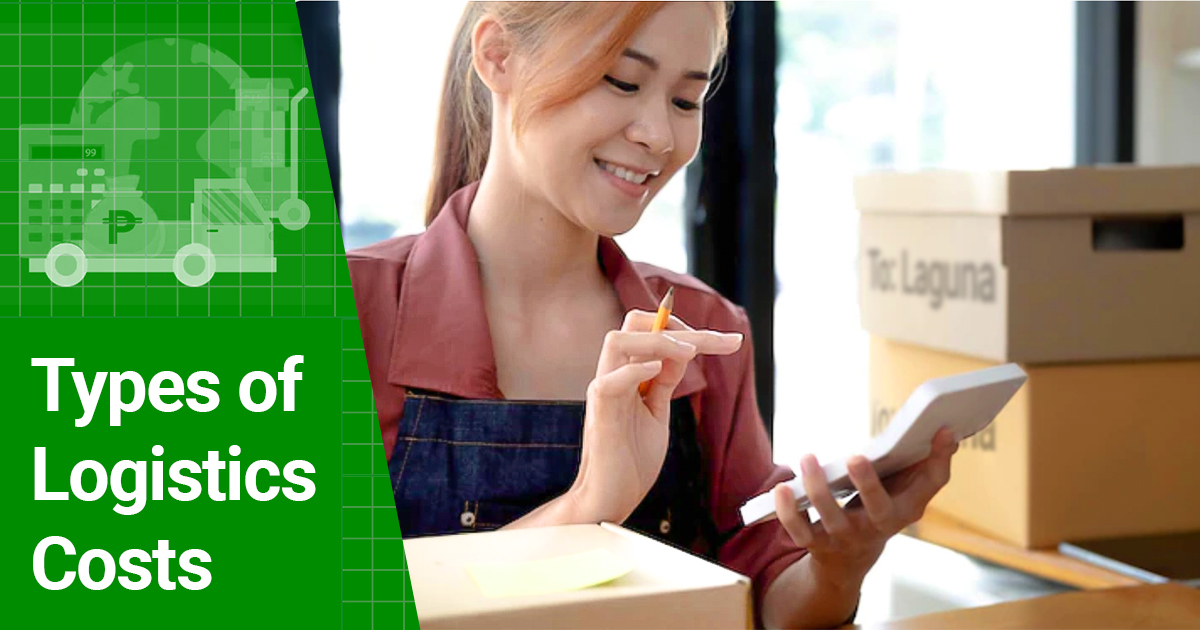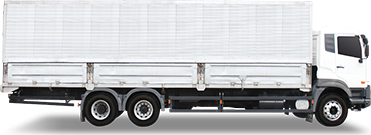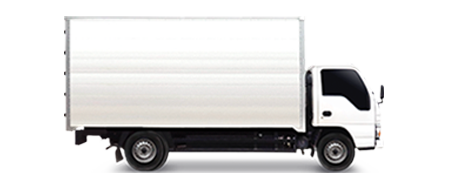
In recent years, the shipping and logistics industry has faced rising costs. And in 2024, prices will climb across the logistics sector. Your company will be affected by these escalating prices. You may categorize and quantify the logistics cost of your organization by understanding what they are.
Then you can find ecommerce strategies to reduce expenses and boost your bottom line. So how can you control logistics cost when you’re under pressure to be profitable, remain competitive, offer consumers the greatest service, and create a memorable experience?
It’s far easier stated than done to increase your bottom line. So here are some suggestions for reducing logistical costs while expanding your firm. But first, let’s talk about the meaning of logistics and further discuss its cost.
What is Logistics?
Logistics refers to the process of planning, implementing, and managing the efficient flow and storage of goods, services, and information from the point of origin to the point of consumption to meet customer requirements. It involves coordinating resources such as transportation, inventory, warehousing, packaging, and supply chain management.
Key Aspects of Logistics:
- Transportation: Moving goods from one location to another using various modes like road, air, sea, or rail.
- Warehousing: Storing goods safely until they are needed for distribution or consumption.
- Inventory Management: Ensuring the right quantity of goods is available at the right time.
- Supply Chain Coordination: Managing relationships between suppliers, manufacturers, distributors, and retailers.
- Order Fulfillment: Processing and delivering customer orders accurately and on time.
- Packaging and Handling: Protecting goods during transit to maintain their quality and safety.
- Reverse Logistics: Managing the return, recycling, or disposal of goods.
What Does Logistic Cost Mean and What Factors Influence It?
Logistics costs include all costs associated with moving products, including those incurred during the procurement of raw materials, delivery of client orders, and all steps in between. They are concerned about the costs associated with shipping, moving, and storing products. Yet, poor preparation during decision-making leads to exorbitant prices.
The total expenses incurred by an organization when transporting a product is what we call a logistics cost. It would cover the price of transporting raw materials from the supplier. It keeps them in a warehouse until they are ready to release. It also involves transporting finished goods to the client and all associated costs. As we can see, logistics cost involves some parties, including the manufacturer, shipping and transportation firms, clearing and forwarding agents, warehouse owners, and other actors.
To cut costs for a company, it is crucial to analyze industrial operations and optimize processes. We must remember that paying attention when managing logistics costs is important. It gives the company more room and significance. The ineffective use of corporate resources increases when this does not occur as errors—result in other inconsistencies that may surface in operations. Understanding the business’ total logistics cost meaning and looking for ways to reduce costs are some initial steps in finding solutions.
How Do Logistics Cost Types Differ From Each Other?
All supply chain processes fall under the logistics cost category. The transportation of items in this system involves various planning, resource, and employee tactics, as well as storage and movement approaches. However, because they depend on a variety of circumstances, logistics cost meaning might vary from one organization to another. However, all institutions have some characteristics. Check out a few logistical cost types.
Cost of Inventory Management
Costs associated with supply chain operations include inventory. Your bottom line is impacted by how you manage the number of units you produce compared to demand. If you have too many units, your cash flow, which could be employed elsewhere, is being eaten up. If you have too little inventory, you will lose out on sales.
Simply put, the inability to track vast amounts of data in real-time can lead to bottlenecks in your logistics cost meaning. With so many moving pieces that may span different nations, it may be impossible to gain a birds-eye perspective of your complete inventory.
Inventory management mistakes might result in the following:
- faulty forecasts
- misdirections & shipping delays
- costs of production are rising
- unused or outdated stock
- low inventory turnover rat
- variable and erratic overhead expense
- data entry mistakes (for tracking)
- lost clients
The logistics cost meaning associated with these problems can mount up. To make matters worse, many of these problems are difficult to spot based on historical data.
Cost of Warehousing
To manage your warehouse costs, you must measure performance data. To do this, ask yourself the following questions:
- How do you evaluate (track) performance?
- What is the accuracy of your picking?
- What is your inventory’s shrinkage rate?
- Is the number of clients being kept growing each year?
In other words, what is tracked is managed. Additionally, when inadequate demand planning is combined with a lack of warehouse measures, it may result in excess inventory (and value) being locked up in your supply chains.
Poor forecasting, unanticipated seasonal fluctuations in demand, product recalls, and other factors can all contribute to this. Whatever the reason, your business needs a mechanism to handle and track these changes as they occur.
Cost of Switching Modes of Transportation
Another significant area of logistic costs meaning is transportation costs. It is also associated with mode-shifting and fulfillment. With an increase in the burden of online purchasing on firms. And expect to have these products delivered in a timely fashion. Mode-shifting is a part of every global supply chain. But it’s harder for companies to make these operations visible across transportation and distribution touchpoints.
Poor inventory management places unnecessary pressure on the supply chain’s transportation link. Additionally, the indirect costs related to these inefficiencies become more burdensome. Finally, it affects your bottom line as supply chains expand (with rising gasoline costs).
| Vehicle Type | Dimensions/ Weight Limits | Base Price (Metro Manila) | Base Price (Outside Metro Manila) | Base Price (Visayas/Mindanao) |
|---|---|---|---|---|
 Wing Van Wing Van | 32 to 40 x 7.8 x 7.8 ft 12000kg to 28000kg | 7000 PHP | 6500 PHP | 6500 PHP |
| 18 x 6 x 7 ft 7000kg | 4850 PHP | 4850 PHP | 4850 PHP | |
 Closed Van Closed Van | 10 to 14 x 6 x 6 ft 2000kg to 5000kg | 1600 PHP | 1450 PHP | 1450 PHP |
 Open Truck Open Truck | 10 to 21 x 6 ft x open 2000kg and 7000kg | 2300 PHP | 1950 PHP | 1950 PHP |
 L300/Van L300/Van | 8 x 4.5 x 4.5 ft 1000kg | 415 PHP | 374 PHP | 335 PHP |
 Small Pickup Small Pickup | 5 x 5 ft x open 1000kg | 418 PHP | 338 PHP | 325 PHP |
| 5.5 x 3.8 x 3.8 ft 600kg | 375 PHP | 292 PHP | 275 PHP | |
| 5 x 3.2 x 2.8 ft 200kg | 240 PHP | 210 PHP | 160 PHP | |
| 3.5 x 2 x 2.5 ft 200kg | 220 PHP | 190 PHP | 140 PHP |
Costs of Distribution
Moving goods via your distribution logistics networks is a major source of inefficiencies contributing to distribution expenses. Your logistics expenses can be affected by factors. These include throughput times, scheduling, vehicle use, and vendor efficiency. Due to the cost variability in supply chain optimization, tracking across vendor touchpoints is a natural fit.
Greater variability makes it more challenging for your company to keep track of and manage data so that you can make wise judgments. Additionally, poor data tracking affects the quality of your client care. For example, you won’t be able to answer angry customers’ questions about the status of their orders.
SEE ALSO
Cost of Customer Service
The phrase “the customer is always right” is a popular one for a reason. In the world of business, your customers are your bread and butter. They are the people who keep your company running, and without them, you would have no business. Because of this, you must do everything in your power to ensure that your customers are happy. This includes providing them with excellent customer service.
If your customers are not happy, they will take their business elsewhere. This will cost you money in the long run, as you will have to spend more to attract new customers than you would to keep your existing ones. Additionally, poor customer service can damage your company’s reputation, making it harder to attract new business. To provide excellent customer service, you must understand your customers’ needs and wants.
You must also be able to respond to their inquiries promptly and efficiently. Additionally, you must be able to resolve any problems they may have nicely. Finally, you must keep your customers informed of any changes that may affect them.
All of this takes time and money. Therefore, customer service is a significant source of logistic costs. If you want to keep your customers happy, you must be willing to invest in excellent customer service. Otherwise, you will end up losing money in the long run.
 | or |
Frequently Asked Questions:
What should businesses know about logistics cost?
🚚 There are a few key things businesses should know about logistics cost. First, logistics cost can vary depending on the mode of transportation used. Second, businesses need to consider both direct and indirect costs when calculating their logistics cost. Finally, businesses should always look for ways to optimize their supply chain to reduce logistics cost. Regarding transportation, businesses should keep in mind that different modes of transportation have different costs. For example, shipping by truck is typically more expensive than shipping by rail. Therefore, businesses must carefully consider which mode of transportation will be most cost-effective for their specific needs.
What are the types of logistics cost?
🚚 There are four main logistics costs: inventory, transportation, warehousing, and customer service. Each of these costs can have a major impact on a company’s bottom line, so it is important to understand how they work and how to minimize them. Inventory costs refer to the cost of storing goods and materials. Transportation costs are the costs associated with moving goods from one location to another. Warehousing costs are the costs associated with maintaining and stocking a warehouse with inventory. Finally, customer service costs are associated with providing customers with information and support.




 INSTANT QUOTE
INSTANT QUOTE

 Chat
Chat